
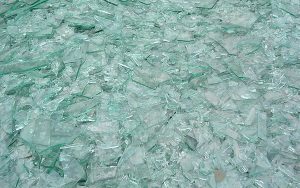
For waste glass crushing, you only need to add grinding equipment after the crushing production line, and the reuse value will be doubled. The finished…
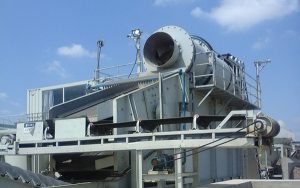
Soil leaching technology is a soil remediation method that digs out contaminated soil, removes oversized components through screening and divides the soil into coarse materials and fine materials
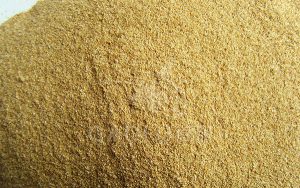
It is widely used in chemical industry,
building materials, medicine, breeding, food, manufacturing, power generation, and other industries; it can also be made into machine-made charcoal for heating.
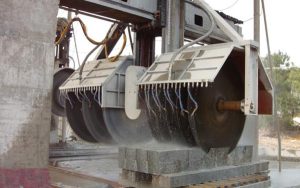
During the slicing process of marble blocks, water is added to lubricate the cutter, and the resulting stone chips, stone powder and lubricating water are mixed into a slurry.
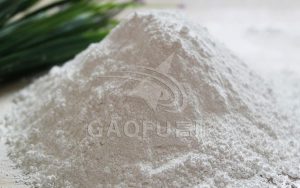
Ceramic powder introduction
The so-called ceramic powder is a powdery substance in which all the raw materials are uniformly mixed and then calcined (also called calcination, pre-synthesis) when preparing the ceramic. The chemical reaction between the raw materials of the ceramic is not carried out in a molten state, but it is achieved by diffusion between atoms (or ions) at a temperature lower than the melting point, that is, a solid phase reaction, so The ceramic powder obtained by calcination (pre-synthesis) is already a pure phase crystalline material.
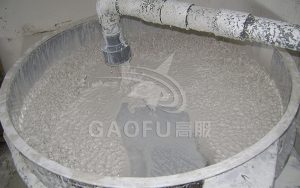
Ceramic process
First, kaolin, ceramic powder and other raw materials are ground by a ball mill according to the proportion of ceramic formula, and then sieved through the first vibrating screen. At this time, the mesh number is about 30-50 mesh. The sieved raw material enters the slurry tank, and then the water is thoroughly mixed by the mixer, and the discharged slurry is sieved through second vibrating sieve. At this time, the mesh number is between 80 and 325 mesh. The number of meshes depends on the requirements of the product. The resulting slurry is then placed in a ceramic kiln for drying into ceramic granules, which are then formed by a press and then calcined into a kiln. After polishing, uranium is required for uranium bricks. Uranium is filtered by a vibrating filter during uranium application.
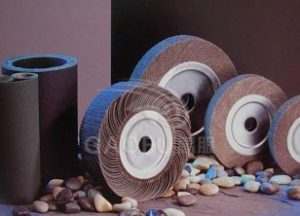
Abrasive introduction
Abrasives are sharp, hard materials that grind softer material surfaces. Abrasives with natural abrasive and artificial abrasive two broad categories. According to the hardness of the super-hard abrasive and general extra-abrasive two categories. Abrasives range from softer household detergents, gem abrasives to the hardest material diamonds. Abrasive materials are indispensable for the manufacture of every precision product. Many natural abrasives have been replaced by artificial abrasives. In addition to diamonds, natural abrasive properties are not stable, but still its use value. Diamond is the hardest abrasive, origin South Africa, accounting for 95% of the world’s total output, the rest of Brazil, Australia, Guyana and Venezuela and other places. Industrial diamond from white to black ranging from crushed grinding wheel, belt, polishing wheel and grinding powder.
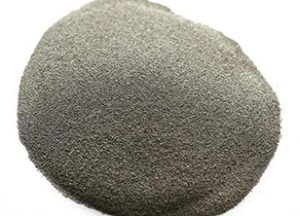
The accuracy and fineness of magnetic particles are important factors that affect the performance of magnetic composites, and also determine its market value. Therefore, the screening process is the most important part in the production of magnetic powder, but due to the high hardness and strong viscosity of the magnetic material, , Easy to hold the group and easy to fly and other characteristics, resulting in the screening process of magnetic conglutinate, blocking net phenomenon is more serious, while using the traditional screening process dust flying dust, environmental pollution, the loss of raw materials and other issues has also been a magnetic material production big trouble. North Mine Magnet engineers have also been through many experiments, use vibrating screen, ultrasonic sieve or the use of wind and similar air flow sieve equipment, but for rough screening, screening is difficult to carry out effectively, not only low yield, excessive grain size , But also dust flying, serious pollution.